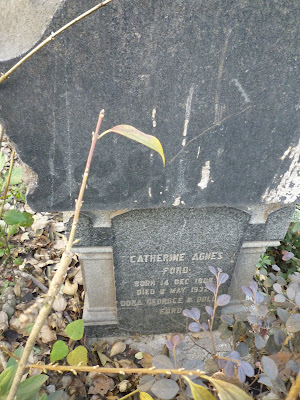 Tombstone in English (Believed to be for the Same Person as the Armenian Tombstone Below)
Tombstone in English (Believed to be for the Same Person as the Armenian Tombstone Below) While many have dedicated much time and energy to showcasing the buildings and historical sites of the former International Settlement and French Concession in Shanghai, the purpose of this blog is to highlight the forgotten remnants of infrastructure – still dotting the streets – originally installed by the foreign powers that once called this city home.
The former Shanghai International Settlement (上海公共租界 or Shànghǎi gōnggòng zūjiè) was governed by the Shanghai Municipal Council (上海工部局 or Shànghǎi gōng bùjú) from 1854 – December 1941. The Shanghai Municipal Council (S.M.C.) was mainly controlled by the British although it was an international settlement with foreign residents from all over the world. Chinese were not permitted seats on the council until 1928.
Shanghai's French Concession or La Concession Française de Shanghai [Changhai] (上海法租界 or Shànghǎi Fǎ Zūjiè) existed from 1849 until 1946. Much as it was in the Concession's glory days when it was considered by some to be the "Paris of the East", the former French Concession is still known for its romantic tree-lined streets and art-deco buildings. The French Concession was separate for the International Settlement and was responsible to the French Consulate General in Shanghai.
Yesterdays Tombstones in Today's Shanghai Parks
 Tombstone in English (Believed to be for the Same Person as the Armenian Tombstone Below)
Tombstone in English (Believed to be for the Same Person as the Armenian Tombstone Below) 





















